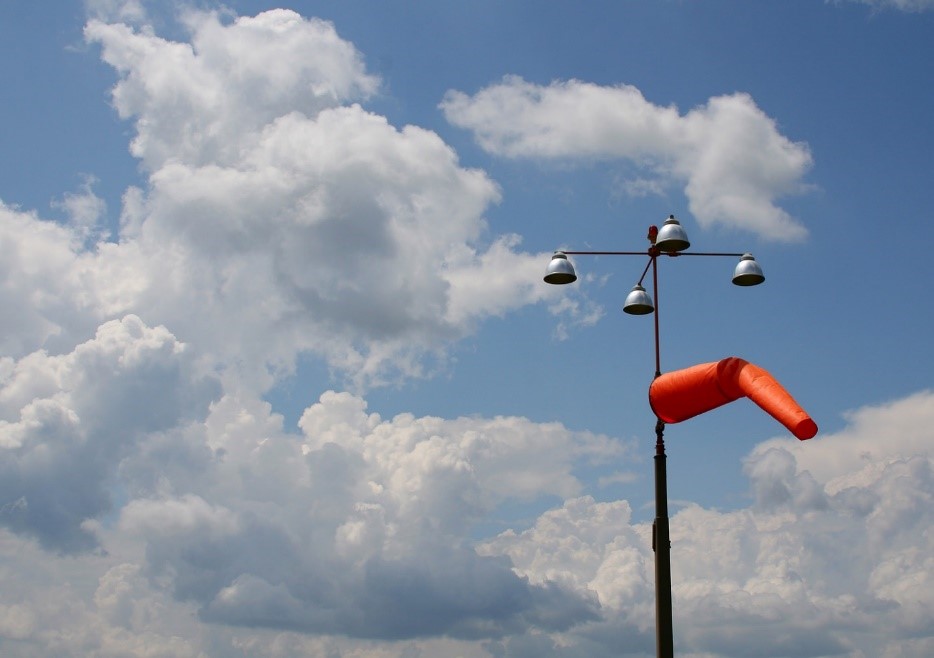PIREP Basics
Safety Spotlight: Sky Spotter

PIREP is short for pilot report. PIREPs are reports of actual in-flight weather conditions, created by pilots and given to flight service or ATC, or submitted electronically through an electronic flight bag application or the Aviation Weather Center website, and then made available to other pilots.
PIREPs provide information on actual:
- Cloud tops
- Cloud layers
- Turbulence
- Icing conditions
- Visibility and precipitation
- And more!
Pilots use this information to visualize actual in-flight weather conditions, verify forecasts, and fill in gaps between ground-based weather reporting stations.
It’s important to remember that most of the briefing information you get on cloud tops, cloud layers, turbulence, and icing conditions is only a forecast, not a report. A report of actual in-flight weather can only be obtained through a PIREP or automated weather reporting technology.
A report of actual in-flight weather can only be obtained through a PIREP or automated weather reporting technology.
Accident Statistics for Weather
An accurate understanding of the weather is critical to the safety of flight. Attempting to continue visual flight into instrument conditions is consistently one of the leading killers in general aviation, but it’s far from the only hazard arising from unfriendly weather. Thunderstorms, non-convective turbulence, and both airframe and induction icing bring down airplanes every year—and even instrument-rated pilots on IFR flight plans don’t always keep the right side up in IMC.
Real Pilot Story: From Miscue to Rescue
Watch as a series of delays, poor decisions, and lack of preparation turns a four-hour cross-country flight into a 30-hour survival crisis for a pilot and his family in the unforgiving Idaho backcountry.
